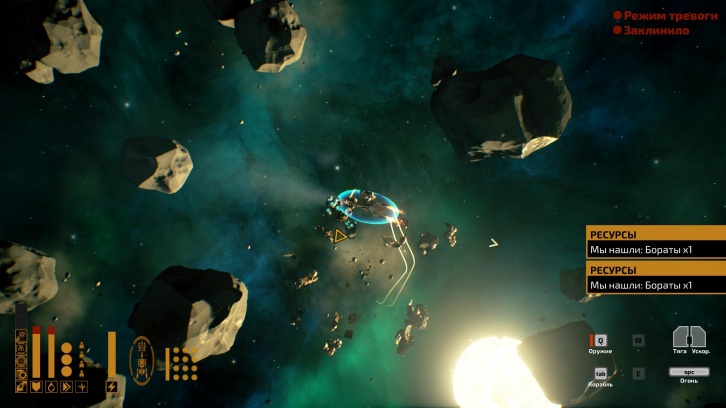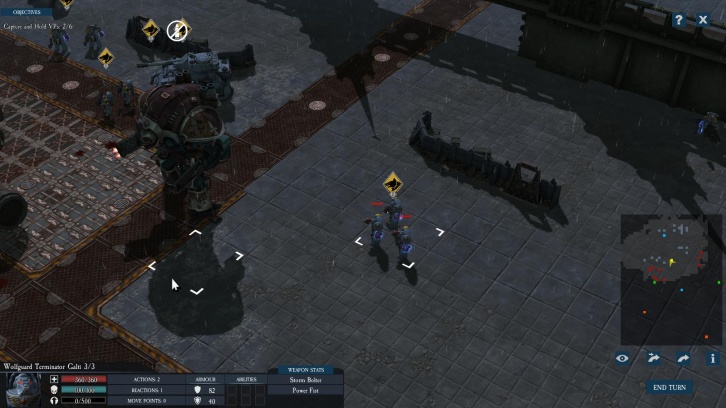The near future. Humanity is in full testing new space technologies and preparing for the first interstellar travel.
Team pioneers recruited from totally random people, among which can be found as a former military man, and the head of mega-corporations, is experiencing hyperdrive, allowing travel over long distances.
But during the first jump something goes wrong – the ship, rather than to get out of hyperspace near Alpha Centauri, is hundreds of light-years from the solar system.
Many of the systems are damaged, but surviving equipment allows us to understand shocked crew members that return still possible. Thus begins the long way home …
More precisely, so he starts for the characters. The player is to start offering select four crew members (from a dozen possible), ship and boarding the shuttle. Choose the kind would be necessary with an eye on future travel, but at the first passage is unclear, what’s what, and the game itself was not in a hurry to explain why you may need certain items that carry a possible.
The ship and the shuttle shown in the three embodiments, different appearance and feature set. Some more maneuverable, but less durable, the other – on the contrary, the remaining – the golden mean. We can only enter the “grain» (seed, character set, traditionally responsible for procedural generation algorithm) – and forward to the stars!
Time to go home
The return to Earth is not an easy task – it is clear, we need only look at a map. Before the solar system would have to travel in transit through several galaxies, and the necessary fuel for the hyperdrive, which is not easy to obtain.
Refueled several ways – flown up close to the star, while risking damage from solar radiation or extracting fuel on planets and moons. For planting use the same shuttle, which, by the way, too, need to refuel and repair (as well as the main ship).
Actually, the whole gameplay The Long Journey Homesimple: to find fuel for the hyperdrive to jump to another system, without forgetting the possibility of the search for various resources needed to address the various breakages and injuries of the crew members – and repeat these steps as many times.
Yes, that’s right – we face another personification of the very “Grindal resources”, which is so “loved” in the notorious No Man’s Sky .
No, of course we will try to entertain meetings with aliens, random events during the flight and during landings on the planet, but from the extraction of resources that are needed to get more resources (well, a little closer to the ultimate goal), will not go away.
The basis of the gameplay arcade flights: in the open space – on the boat, and during landings on the planet – in the cockpit of the shuttle landing.
Management utterly simple, but in spite of this, very uncomfortable, especially at first. If possible, use a gamepad – keyboard and mouse noticeably lose.
To meet with some object in space (be it a planet, moon, star or other spacecraft), will have to combine their orbit with the orbit of this object, which is not easy, given the local physics simulation.
It seems logical, but it is adapted themselves – not just vrezheshsya in the surface of a planet or star. The consequences of such collisions saddest – ranging from equipment failures, ending injury or even death of the crew.
When planetary landing affairs no better – the shuttle is controlled by a change in the main thrust or nasal engine and tilt housing.
Creating motors to move horizontally, apparently, it was a daunting task for the future engineers. Very similar to the classic arcade game Lunar Lander(Which for a long time it has exchanged fourth decade since the release of the day).
To land the shuttle in one of the “points of interest”, which is on the surface – not an easy task even for those who like to get up and running. The fact that on each planet is different gravity and different weather conditions, which also significantly affect the behavior of the lander during the flight.



